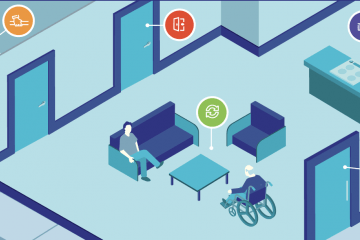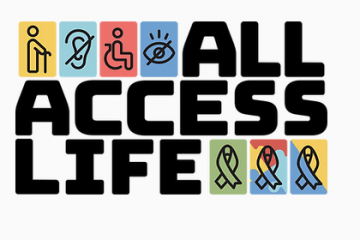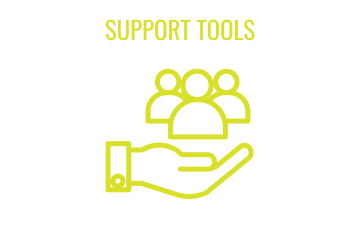30th Anniversary of the Americans with Disabilities Act
The historic Americans with Disabilities Act (ADA) was signed into law on July 26, 1990, by President George H.W. Bush — marking this month its 30th anniversary. The ADA was the country’s first-ever comprehensive civil rights law for people with disabilities, offering protection against discrimination and imposing accessibility requirements in workplaces and the public. The passage of this law was the first step to ensuring Americans with disabilities have the same rights and opportunities as their non-disabled peers. More than 2000 people cheered while the ADA was signed into law – many of them in wheelchairs.
To truly appreciate the progress of disability rights and advocacy in America, we must remember from where we started. The passage of the ADA was a decades-long effort. People with disabilities have had to battle against centuries of biased assumptions, harmful stereotypes, and irrational stigmatization. Like many other marginalized minorities in America, people with disabilities endured a severe state of impoverishment for centuries. It was only after World War I when veterans returned home with war-sustained disabilities that people started to expect the US government to provide rehabilitation services for disabled Americans. In the 1940s and 1950s, disabled World War II veterans placed even more pressure on the government to provide them with rehabilitation and vocational training and made disability issues more visible to the public.
In the 1960s, America saw its most significant civil rights movement, which urged equal treatment for all citizens, regardless of gender, race, religion, or national origin. Although disability rights advocacy mirrored many other civil rights movements, the Civil Rights Act of 1964 did not include disability. Nonetheless, disability rights advocates forged on and demanded their voices to be heard. Their first victory was the inclusion of people with disabilities in the Rehabilitation Act of 1973 (Section 504), which provided equal employment opportunities within the federal government and in federally funded programs. This act of legislation mandated equal access to public housing and transportation services to people with disabilities and allocated funds for vocational training.
Then, in 1975, the Education for All Handicapped Children Act—renamed to the Individuals with Disabilities Act (IDEA) in 1990—was passed to guarantee equal access to public education for children with disabilities. The IDEA mandates full inclusion of students with disabilities in mainstream education classes unless a satisfactory level of education cannot be achieved due to the disability’s nature. In the 1980s, disability activists lobbied for a consolidation of various acts of legislation under one broad civil rights statute specifically for the rights of people with disabilities — that’s how the ADA came to fruition.
As a first-generation Asian American woman with cerebral palsy, I feel incredibly fortunate to reside in a country where my disability does not significantly impede my opportunities. Although almost every path I’ve taken has included obstacles along the way, I’ve been able to make it through. Despite this, so much more work must be done to include people with disabilities fully into the fabric of society.
In 2020, people with disabilities, unfortunately, still face discrimination and barriers. Disability rights and advocacy haven’t received as much recognition and progress as those of other marginalized groups. The global pandemic has shown that the disabled community has still been left behind in healthcare and are disproportionately impacted by unemployment. In our schools, students with disabilities are struggling with equal access to education and instruction in virtual learning environments.
Although in-person events celebrating the ADA 30th Anniversary have been canceled, you can still celebrate and commemorate the history and legacy of disability rights in America. One of the most effective ways to ensure that disability policies continue to evolve and expand is by voting. An estimate of 35 million people with disabilities are eligible to vote this year - a number which increases to 62 million when including family members in the same household. This factor makes people with disabilities and their families actually the largest voting bloc in the country. Make sure to register to vote and request an absentee ballot, if needed, to ensure you’ll be able to cast your vote in primary and general elections this year!
Justin Dart, one of the leading advocates for the ADA, said it best: “Vote as if your life depended on it – because it does.” Let’s continue this vital work to build a more accessible and equitable society and ensure the next 30 years of ADA is better and more inclusive than the past 30!





